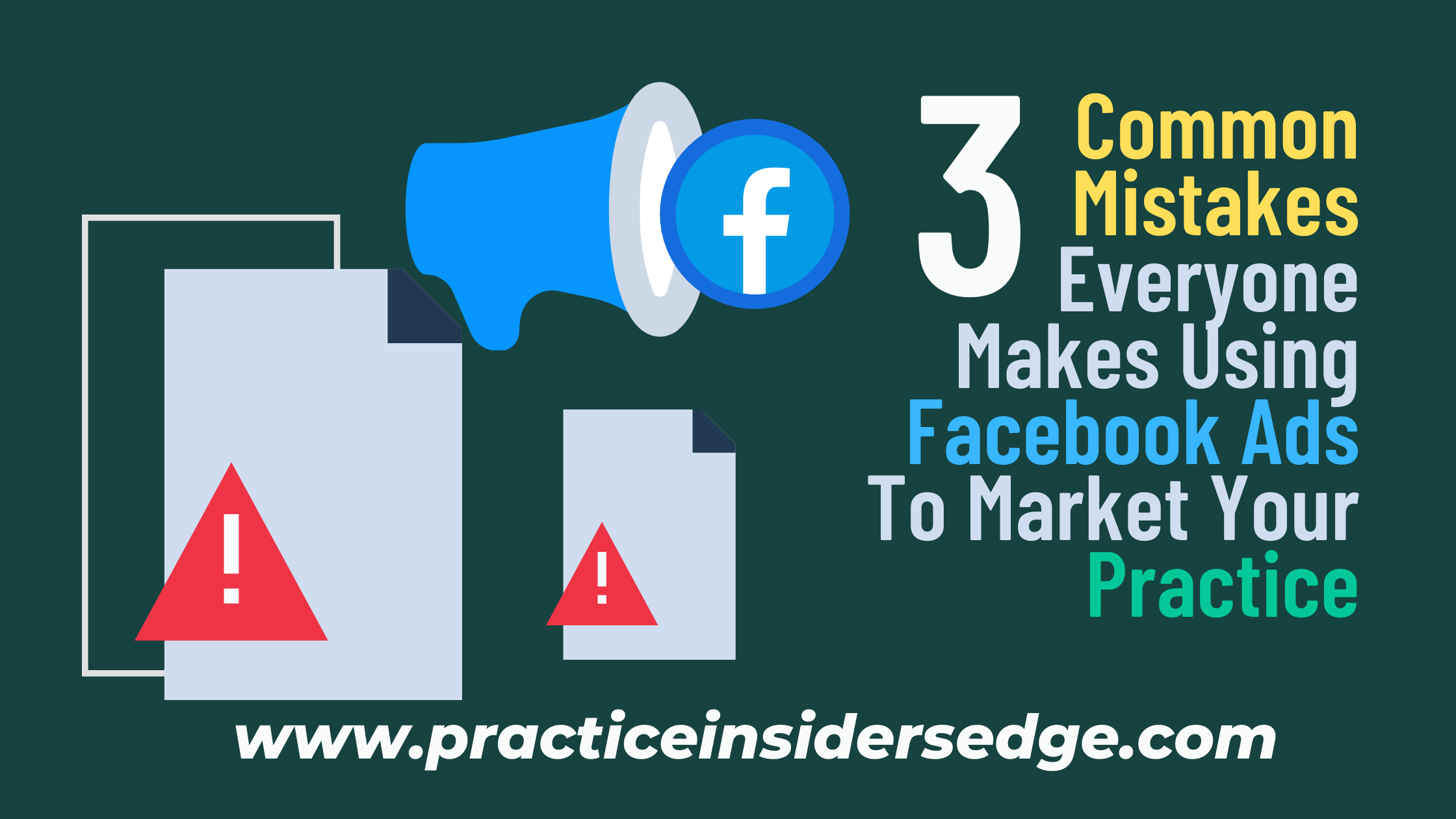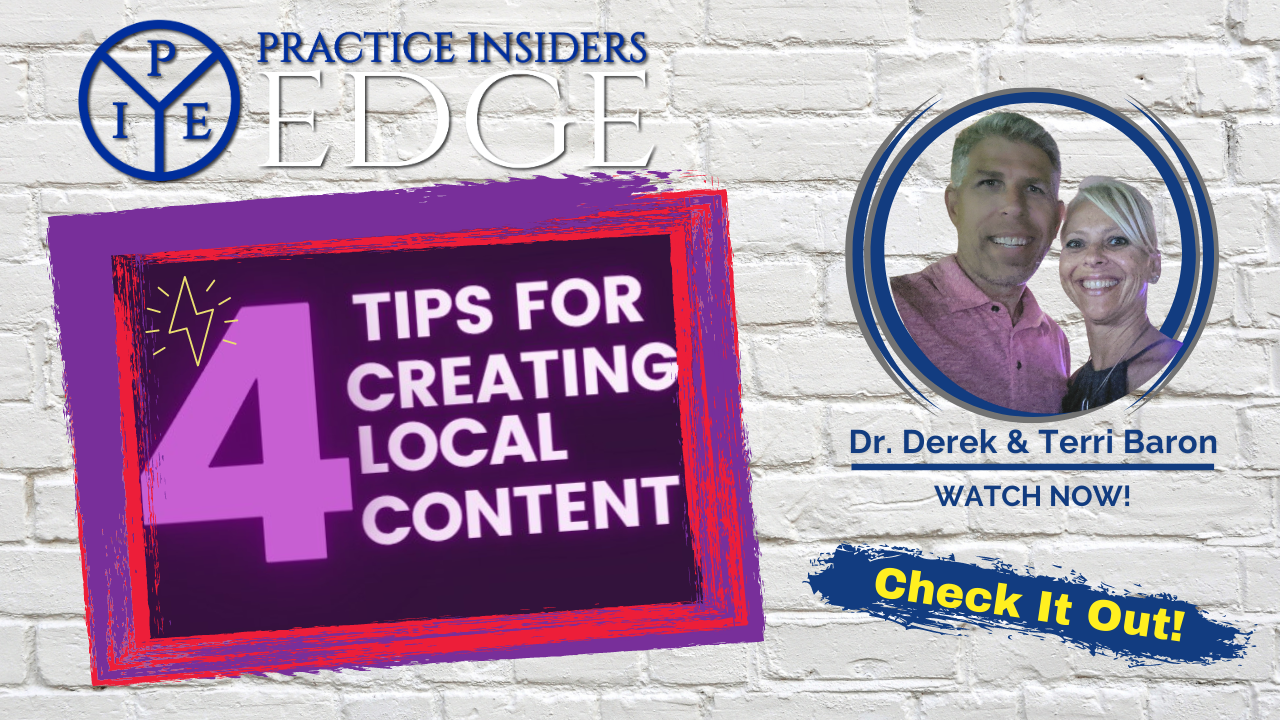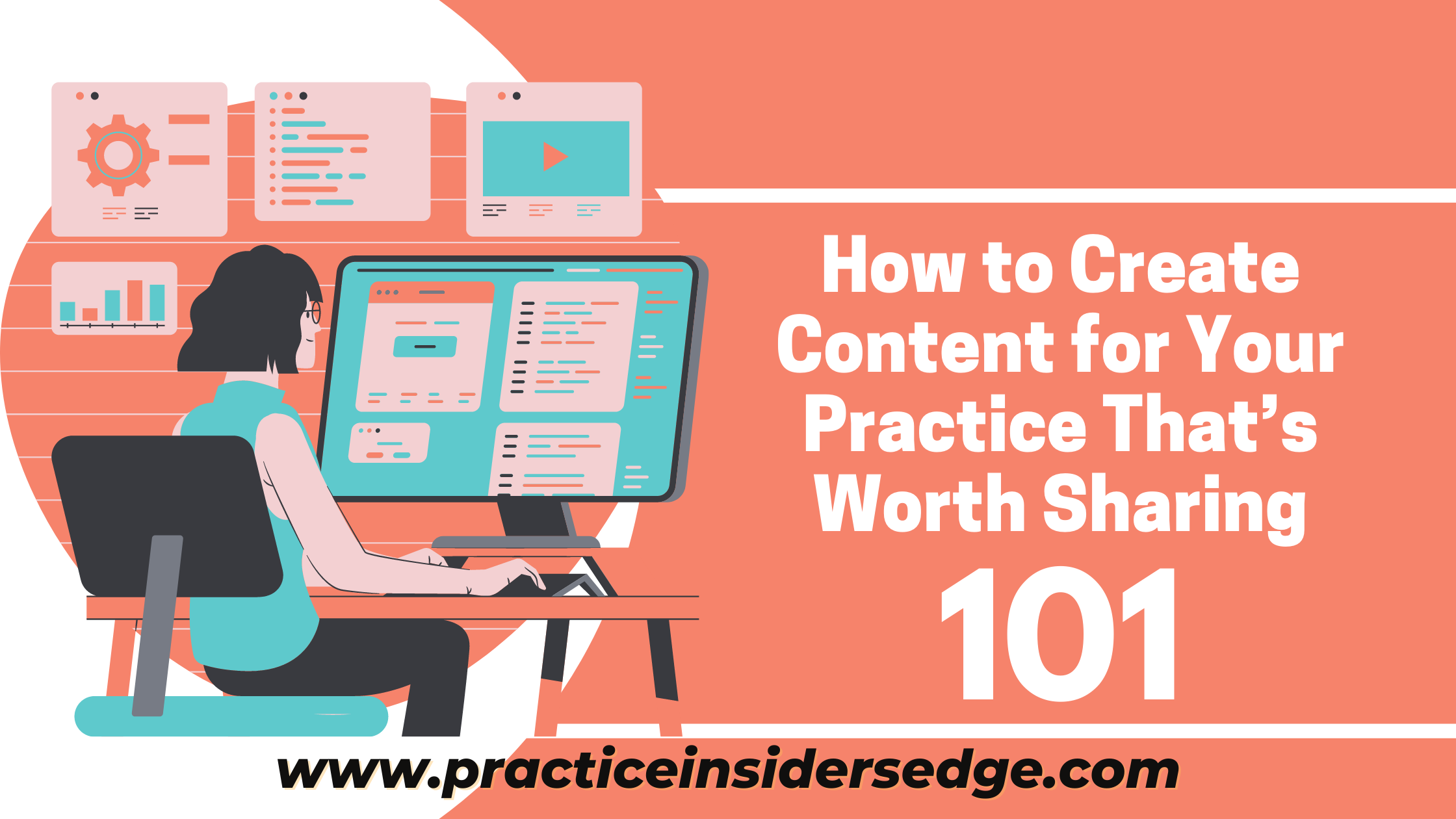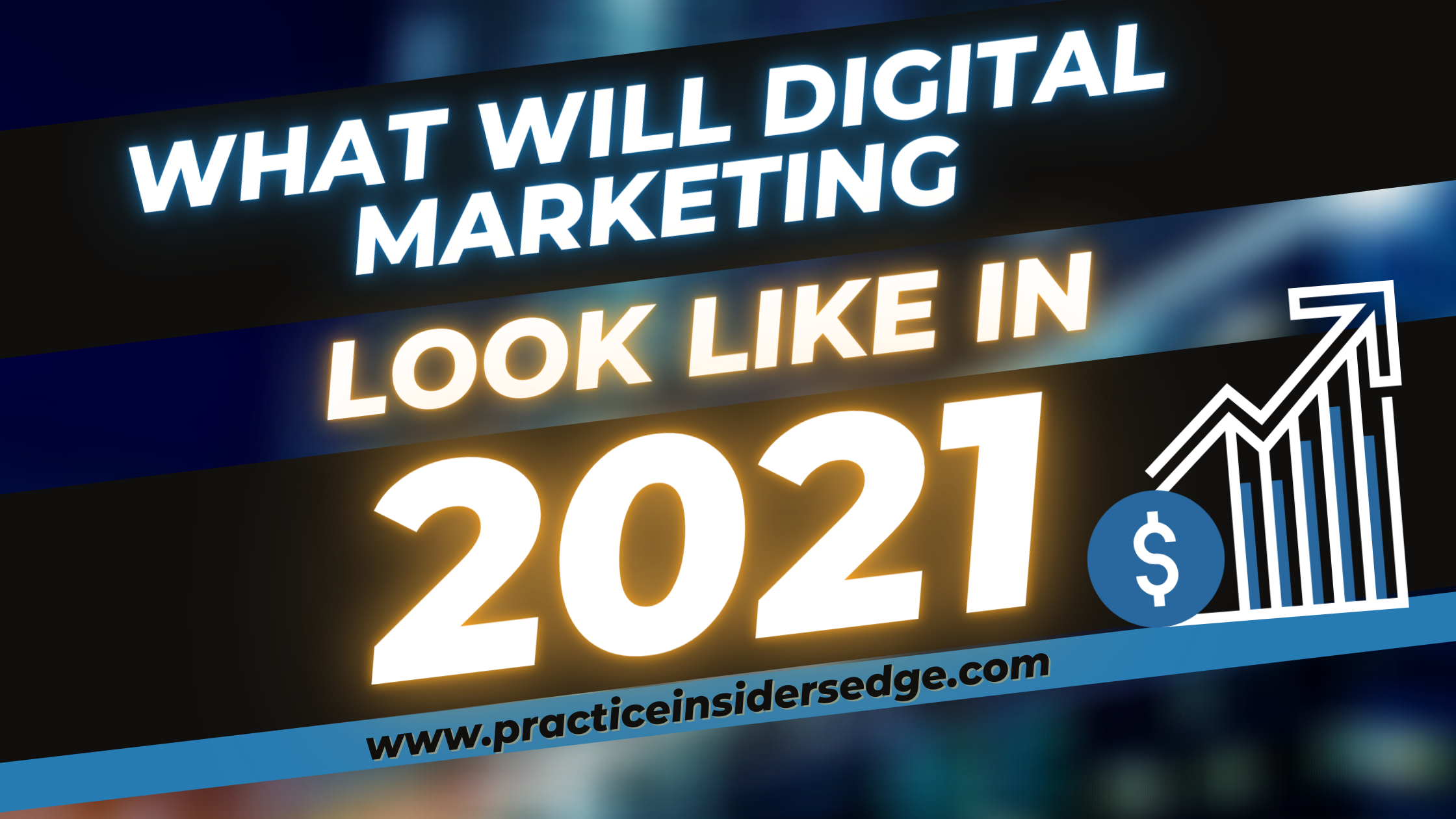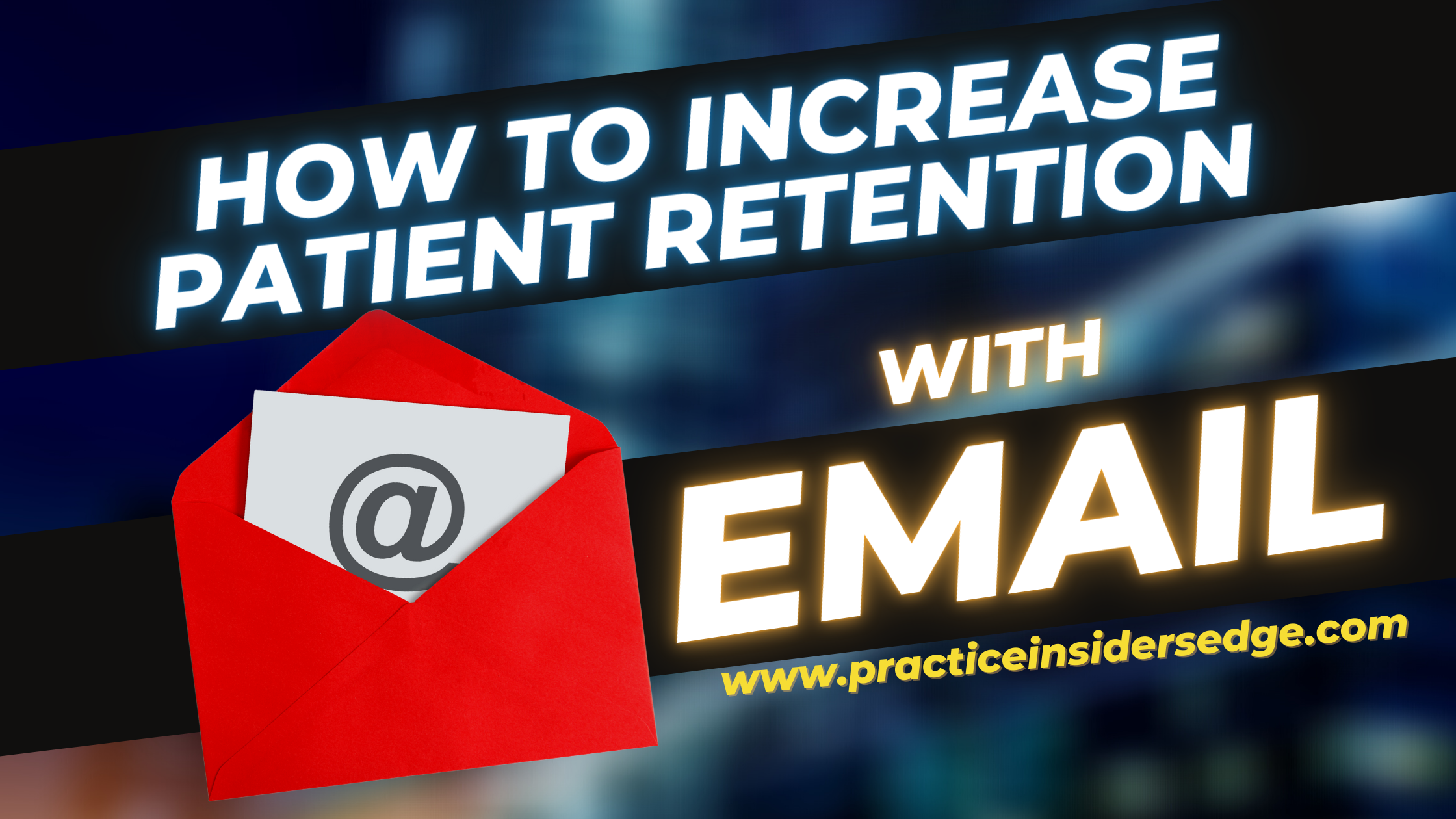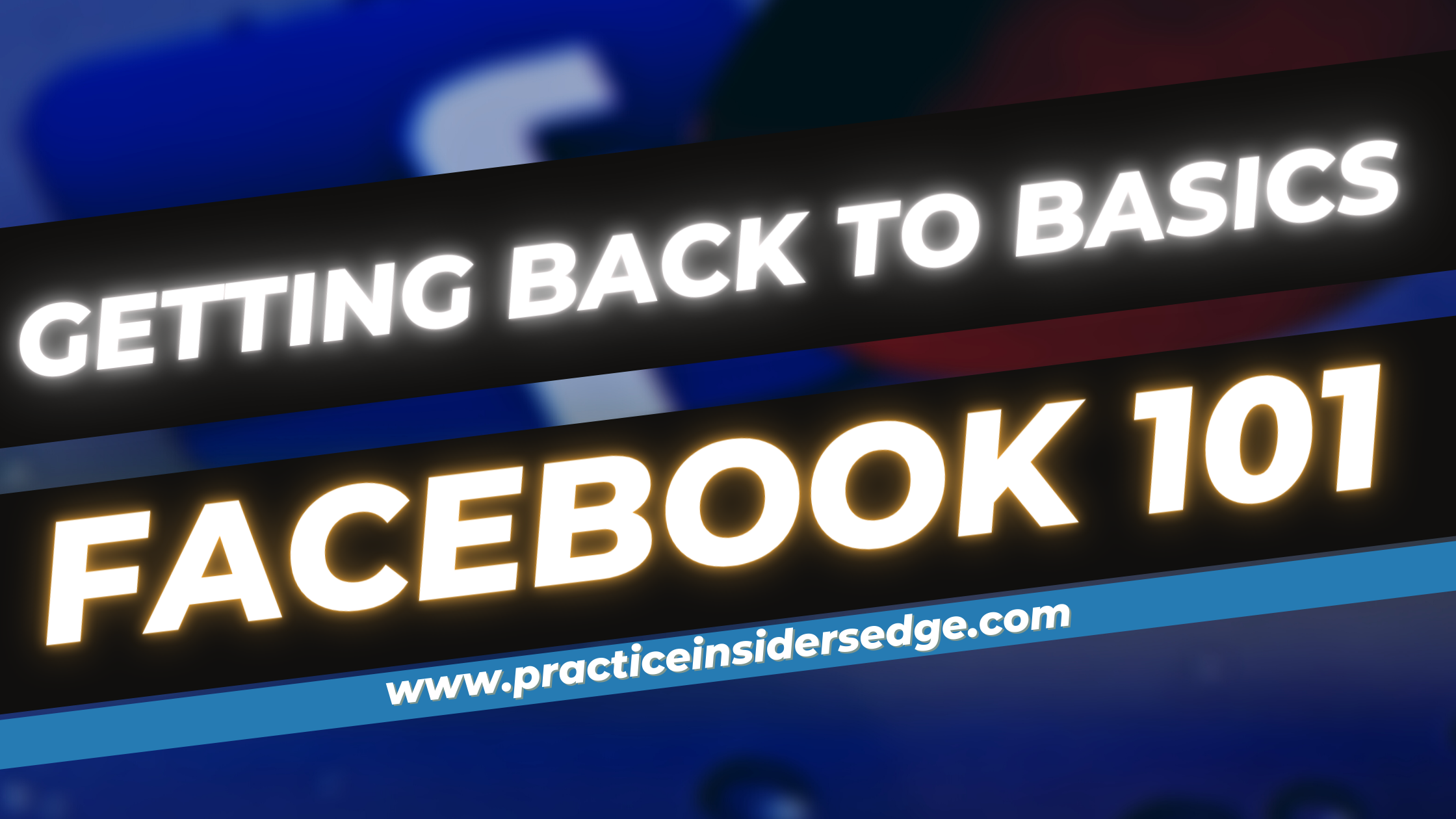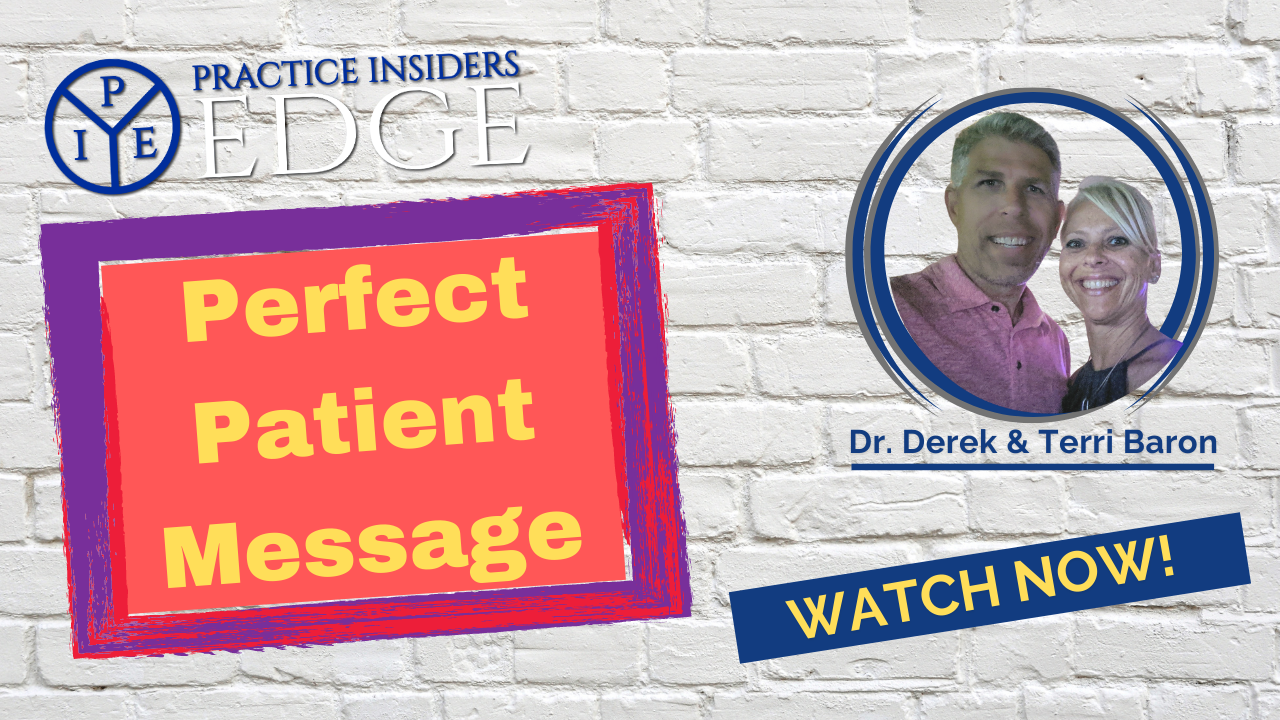There’s no question that social media marketing is, and will continue to be, important for practices. If we hold this to be true, we should also acknowledge there to be some myths around social media that could contribute to being harmful to your practice.
Ready to bust some myths?
Here are 8 of the most widely believed myths you may want to avoid if you want to grow your practice with social media.
#1: You Need a Presence on Every Social Media Site
The idea that you need a presence on every social media site is one of the most harmful myths for healthcare business owners. It takes time, effort, and money to maintain an active presence on ANY social media site and nobody has time for all of them.
A better idea is to have an active and meaningful presence on the sites that offer you the best opportunity to connect with your target audience and engage your patients. Nothing else matters!
It’s my opinion most practices should be on Facebook. B2B companies should have a presence on LinkedIn. If you’re selling an aspirational service, then it makes sense to be on Instagram or Pinterest.
Does this mean you should never try something new?
Of course not!
Set up a profile and give it a try. But if the site you choose isn’t giving you the results you want, cut it loose and add the time you would have been allocating to those efforts and apply them to platforms that deliver the results you’re after!
#2: Fans and Followers are Worthless if They Don’t Become Paying Patients
You should use social media to attract new patients. That’s obvious and it makes sense. But I hear a lot of healthcare business owners who think that followers who aren’t paying patients aren’t worth having – and that’s simply not true.
Your fans and followers don’t need to buy from you to be useful. Having a large following can raise your profile and help new patients find you. If you’ve got fans or followers who have a lot of clout, you’ll get some of it by association.
Most importantly, a follower who doesn’t buy your services could still refer their friends and followers to your practice. You should run ads designed to attract paying patients but don’t ignore the benefits of followers who aren’t your patients. They’re still helpful.
Lastly, a fan or follower who doesn’t buy from you today or this month, might convert to a transactional patient tomorrow, next month or sometime in the future!
#3: It’s Useful to Have Your Friends and Family “Like” Your Posts
It’s a common misconception among healthcare business owners that asking friends and family to “Like” your posts will help you get more engagement. The bad news? Social media algorithms are more sophisticated than that and you need a wide range of people to engage with your posts.
Does this mean you should tell the people who care about you not to like your posts? Of course not! What it means is that you should always be asking your fans and followers to engage with your posts – and giving them a reason to do so. Ask a question, encourage them to share your posts, and most of all, share content that’s useful and entertaining to them so they’ll want to engage with you.
You never know, sometimes family and friends can be great referrals for you should they have contacts that need what you offer!
#4: You Shouldn’t Schedule Posts on the Weekend
It’s a common trend for practices not to share new social media content on the weekend. While it’s true that some of your followers might not spend as much time on social media on the weekends as they do during the week, you shouldn’t assume that weekend content is unnecessary.
Instead, try scheduling a few weekend posts to see how they do. You can use Facebook Insights or whatever analytics tool you prefer to determine which days and times are the best for posting.
Social platforms don’t close down on the weekends nor does the attention of your audience. I’d recommend posting on the weekends!
#5: You Must Respond to Social Media Comments Immediately
There’s no doubt that it’s important to respond when a social media follower asks a question or leaves a comment. But responding in a timely manner doesn’t mean you must drop everything to respond immediately – with one exception.
If you have incorporated your patient support with social media, then you should be sure that you can respond as quickly as possible. A lot of practices have added chatbots to Facebook Messenger to minimize wait times for their patients.
However, a comment that doesn’t require patient support involvement can wait a little while for a response. As a rule, try to respond within 24 hours.
#6: Social Media Posts Must Always Be About Practice
Social media is social first and media second, but a lot of healthcare business owners forget that.
Their social media posts are as dry as dust and don’t get any engagement. And they wonder why.
Don’t be afraid to inject some personality into your social media posts. Even if you offer a professional service, you can still use appropriate humor or compassion in your posts. This is the place to showcase your brand personality. Make sure that anybody who is empowered to post on your social media accounts understands the persona you want to project.
#7: You Need Endless New Content to Post
You need to have some new content to post on your social media sites. However, there’s nothing wrong with repurposing or resharing old content if you don’t have time to write something new.
Keep in mind, too, that you can “curate” content by finding articles in industry publications and posts from influencers to share with your followers. Provided that you keep the content you post relevant your followers will be happy to see it.
Curating content can be a rewarding method delivering different perspectives while saving time of producing your own original content all of the time!
#8: Social Media Marketing is Free
This final myth is one that I hear often. While it is free to set up a social media account for your practice, you’re unlikely to get the results you want without spending some money.
Social media algorithms have grown increasingly sophisticated. The only way you can be sure that your followers will see your most important content is to boost it. Social media marketing can help you get your content in front of potential patients. The good news is that you don’t need to spend much to get the results you want.
You can build a substantial audience rather quickly without a massive advertising budget. Our recommendation is to leverage social media to build an actual audience list in the form of email and sms list acquisition. Once you build this list, you have a true asset that pays for itself!
Consider these 8 myths…My recommendation is to contextualize them in your marketing and you’ll see your social media marketing results improve – and your practice grow.
So… if you are a private practice healthcare business owner and you are looking to grow and scale your practice or generate more new patients for the practice – we are here for you! Drop a comment below if you have questions or if you’d like to set up a call with us go here: https://bit.ly/PIE-FB-Triage-Call


